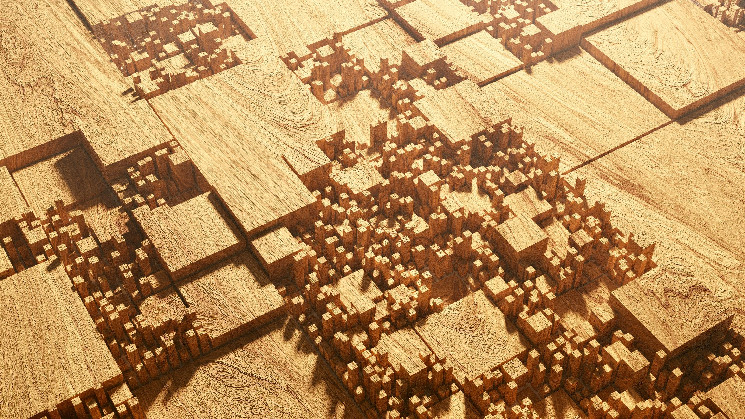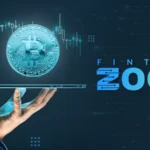Ethereum has undergone main transformation over the previous 4 years, starting as a community able to dealing with 15 transactions per second, advanced into hundreds of energy offers, with transaction prices down from $50 per swap to only cents. The L2 and rollup helped broaden Ethereum with out compromising the decentralized spirit. Nonetheless, this success led to one of many new issues, fragmentation.
Right this moment, Ethereum is among the most generally adopted blockchains, consisting of a community of over 50 L2s, every working as its personal siloed ecosystem. What this implies for the top person is that you could juggle a number of networks, bridge property and navigate the maze of processes simply to carry out primary actions.
Reflecting a fragmented technological panorama, Ethereum’s funding setting shall be troublesome to navigate for builders all through the lifecycle, and can halt innovation because the venture struggles to make sure sustainable funding.
To create a extra environment friendly ecosystem, Ethereum should start adopting blockchain-based funding mechanisms which might be higher coordinated with its advanced, community-based experimental nature.
Conventional fundraising packages typically concentrate on early stage initiatives, neglecting the long-term wants of Web3 builders. It may be deceptive to have a look at the narrative of the crypto market that dominates the funding local weather and assume booming exercise. Many of those initiatives haven’t any monetary advantages within the quick time period, and builders are struggling to navigate sustainable development. Fundraising mechanisms should be capable to assist builders all through the whole journey of the product lifecycle.
It is not hypothesis, it is rewarding affect
Some of the promising blockchain-driven funding fashions is RetroPGF. This flips conventional fundraising scripts by rewarding initiatives primarily based on confirmed impacts somewhat than speculative prospects. This mannequin is especially nicely suited to the fragmented ecosystem of Ethereum the place public items comparable to open supply software program, developer instruments, and interoperability options typically wrestle to draw early funding.
RetroPGF focuses on measurable outcomes for the venture. Pool funds from DAOS or ecosystem contributors and distribute them retroactively to initiatives that reveal their worth. This course of ensures that vital infrastructure, comparable to cross-chain bridges and developer frameworks, obtain the assist they want on the proper time.
This funding mechanism is most well-liked because it helps to coordinate incentives. As an alternative of competing for speculative funding, initiatives can concentrate on delivering actual worth, realizing that their contributions shall be acknowledged and rewarded. For fragmented ecosystems like Ethereum, RetroPGF gives a option to unify funding efforts and guarantee sources circulate to probably the most influential initiatives.
Increasing neighborhood assist
One other highly effective software within the Blockchain Funding Toolkit is secondary funding, a mannequin that distributes capital primarily based on the breadth of neighborhood assist, somewhat than the dimensions of particular person contributions. This strategy evaluates small initiatives and grassroots initiatives arenas. This has struggled to compete with opponents funded by conventional funding fashions.
Secondary funding works by matching small contributions from a lot of supporters with bigger funds, reflecting neighborhood collective data and making certain initiatives with intensive grassroots assist obtain the vast majority of funds.
By symbolizing the worth of public items initiatives comparable to governance rights and income streams, founders can open initiatives to a broader pool of supporters with the assistance of fractional funding mechanisms. This creates a various and passionate investor base, democratizing entry to capital and decreasing reliance on conventional sources of funding.
For instance, builders can construct cross-chain interoperability options to tokenize the governance rights of initiatives, permitting supporters to contribute to micro investments in trade for profitable investments. This not solely gives a lot wanted funding for the venture, but additionally promotes possession and integrity amongst its advocates.
In fragmented ecosystems like Ethereum, fractional investments may help bridge gaps between chains by encouraging collaboration and shared possession. Tasks that would in any other case function on their very own can leverage a unified pool of capital and create a extra interconnected and resilient ecosystem.
On-chain possession
On the coronary heart of those blockchain-driven funding fashions is the idea of chain possession. By symbolizing their work and leveraging blockchain transparency, creators and builders can set up a direct relationship with their supporters, get rid of intermediaries, and be certain that worth returns to those that consider in them from the beginning.
Chain transactions additionally make funding flows seen, auditable, scale back fraud and promote belief. This transparency is particularly essential in fragmented ecosystems like Ethereum, the place customers and builders wrestle to navigate advanced, opaque funding buildings.
An essential query to deal with is find out how to increase funds for these X-L2 initiatives.
One technique is to make Ethereum’s common merchandise the situation for a Stage 1 or Stage 2 roll-up. As soon as these rollups attain that degree of decentralization, they depend on decentralized communities and governance instruments. Funding for these widespread merchandise and instruments shouldn’t be solely justified, however is critical for steady development.
An alternative choice is to redirect the Ethereum Basis Grants program to resolve this concern. To resolve these challenges, EF wants to raised assist the Cross-L2 expertise and fund well-liked merchandise.
Fragmentation of Ethereum goes past the technical challenges, and is extra of a fundraising problem than anything. By adopting blockchain-driven funding fashions comparable to RetroPGF, secondary funding, and fractional investments, the ecosystem gives methods to coordinate incentives, amplify neighborhood assist, democratize entry to capital, and guarantee sources circulate to initiatives that require probably the most.












